The concept of the 5-degree elevation angle in radio communication can be traced back to early 20th-century research. This principle primarily revolves around the physical behavior of radio waves as they propagate between the Earth's surface and the ionosphere. While there is no definitive record of the exact time and individual responsible for this idea, it gained significant traction and became widely studied and applied, particularly in the realm of military and long-distance radio communications, especially following World War II.
The Origins and Evolution of the Concept
The notion of utilizing a 5-degree elevation angle is rooted in the understanding of how radio waves travel over vast distances. Early pioneers in radio communication observed that low-angle propagation could enhance the range and reliability of radio transmissions by taking advantage of the reflective properties of the Earth's ionosphere. This understanding laid the groundwork for advancements in both civilian and military communications.
Application and Impact
During the post-World War II era, the study and application of low-angle propagation saw a significant surge. This period marked a time of rapid technological innovation and theoretical exploration, contributing substantially to the foundational knowledge we possess today about radio wave behavior and communication strategies.
The 5-degree elevation angle concept has been particularly instrumental in military communications. By optimizing the angle at which signals are transmitted, it became possible to achieve more reliable and secure communication over extended distances, which was crucial for operational effectiveness in various military contexts. The benefits of this concept were not confined to the military alone; they extended into civilian use, aiding in the development of long-distance radio communication methods that we continue to rely on today.
The Lasting Legacy
As mentioned in various articles, the concept has been around for approximately 80-90 years, suggesting that it was formulated and began to be applied in the 1930s or 1940s. The research and technological advancements of that era have had a lasting impact, providing a strong foundation for modern radio communication techniques.
The enduring relevance of the 5-degree elevation angle in radio communication highlights the importance of early theoretical and practical research. The insights gained from these studies have been pivotal in shaping the methods and technologies used in contemporary radio communication systems.
Conclusion
The concept of the 5-degree elevation angle is a testament to the ingenuity and scientific curiosity of early radio communication researchers. Although its precise origins are somewhat obscured by history, its significance is undeniable. From its early theoretical foundations to its widespread application in military and civilian contexts, the 5-degree elevation angle has played a critical role in the evolution of radio communication. As we continue to advance in this field, the principles established nearly a century ago remain relevant, guiding us toward more efficient and effective communication strategies.

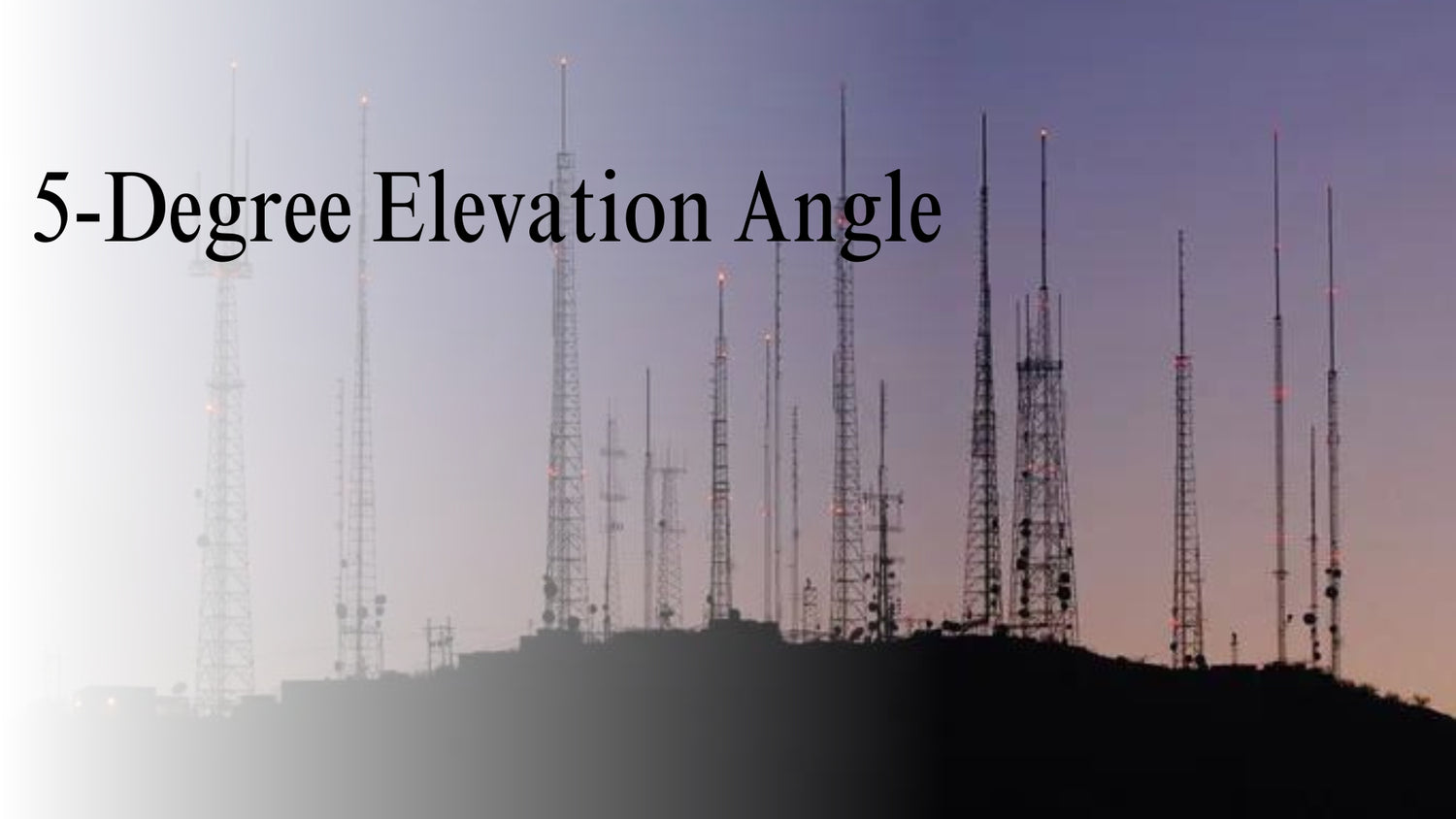
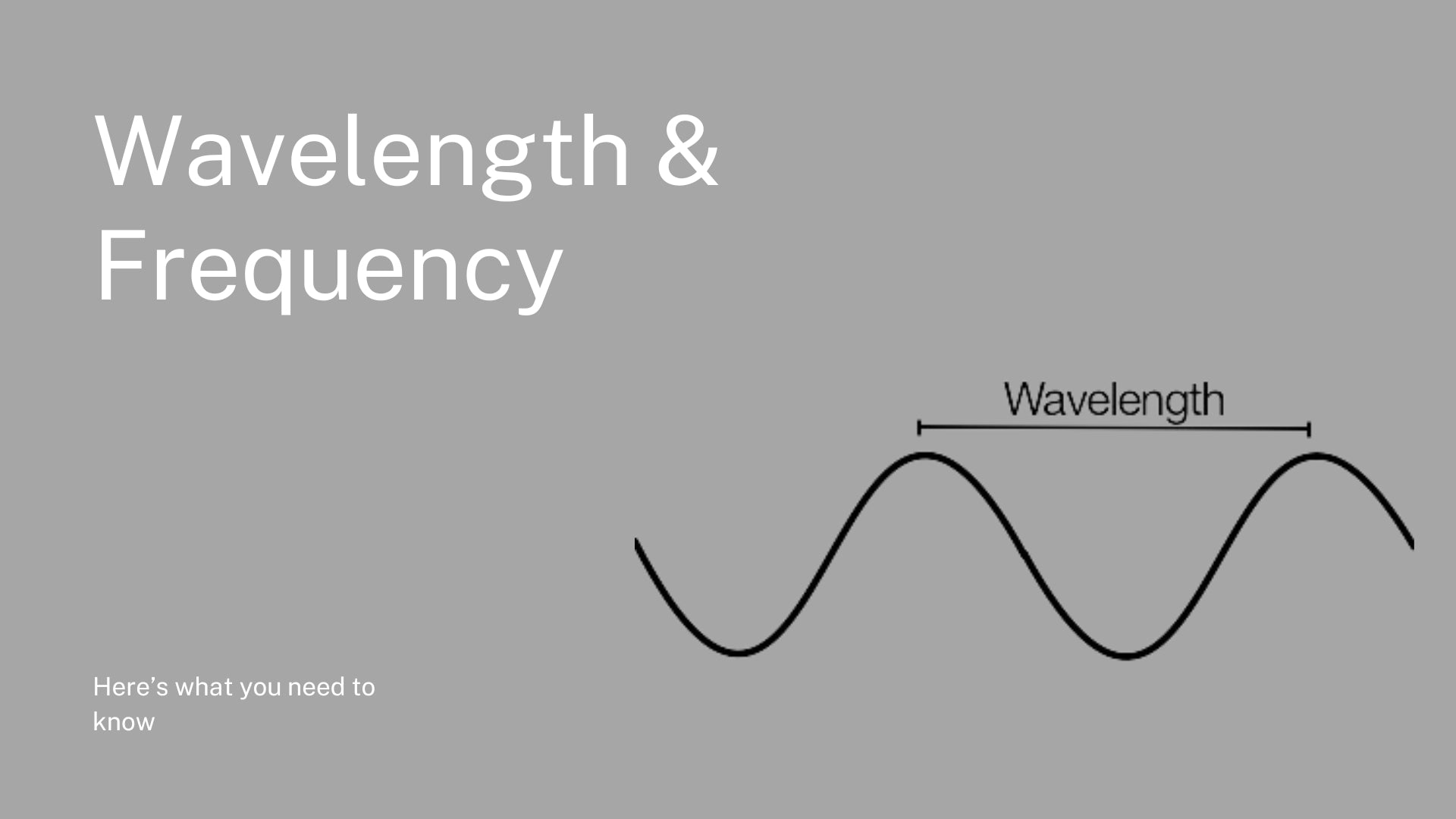
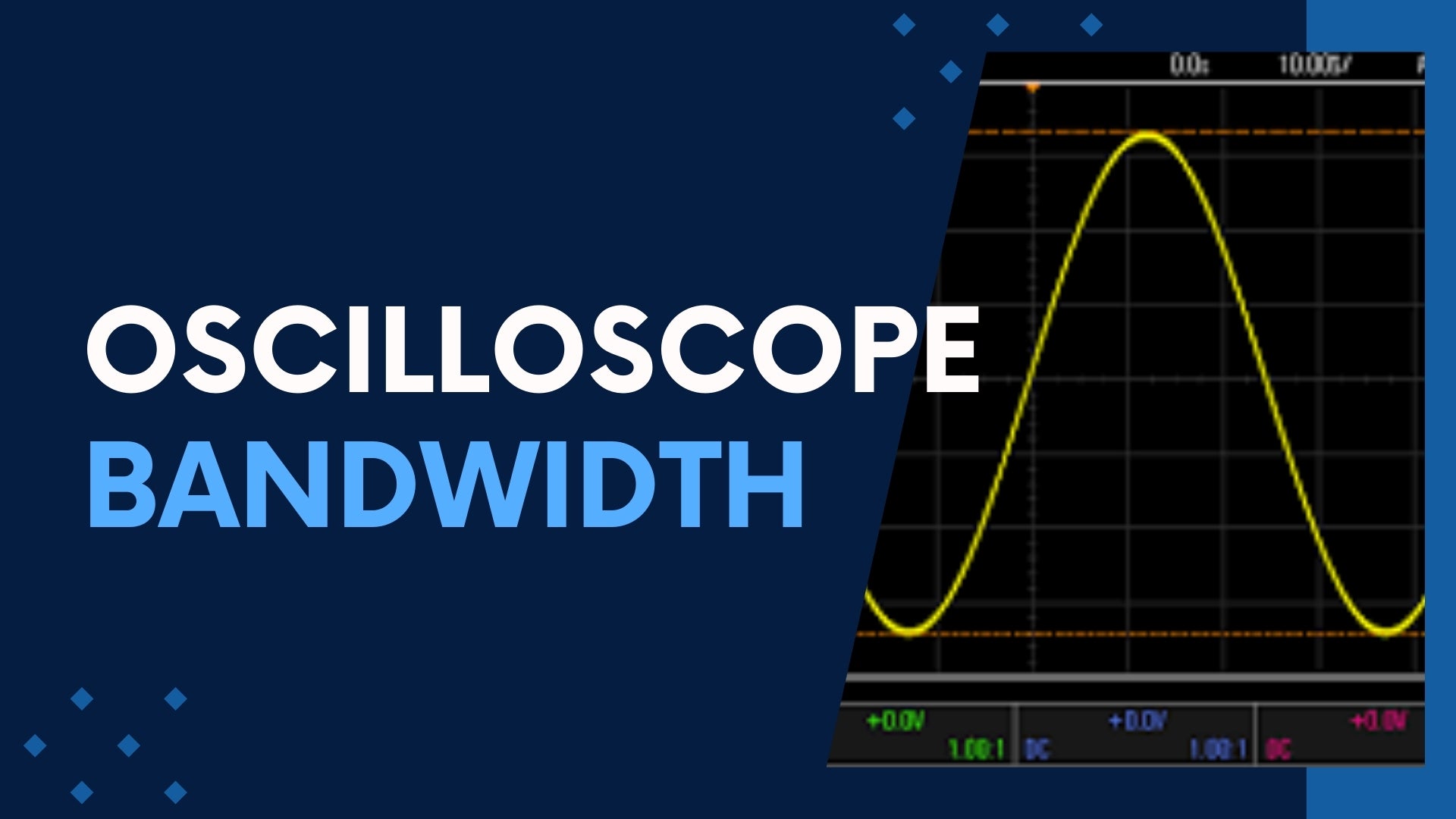
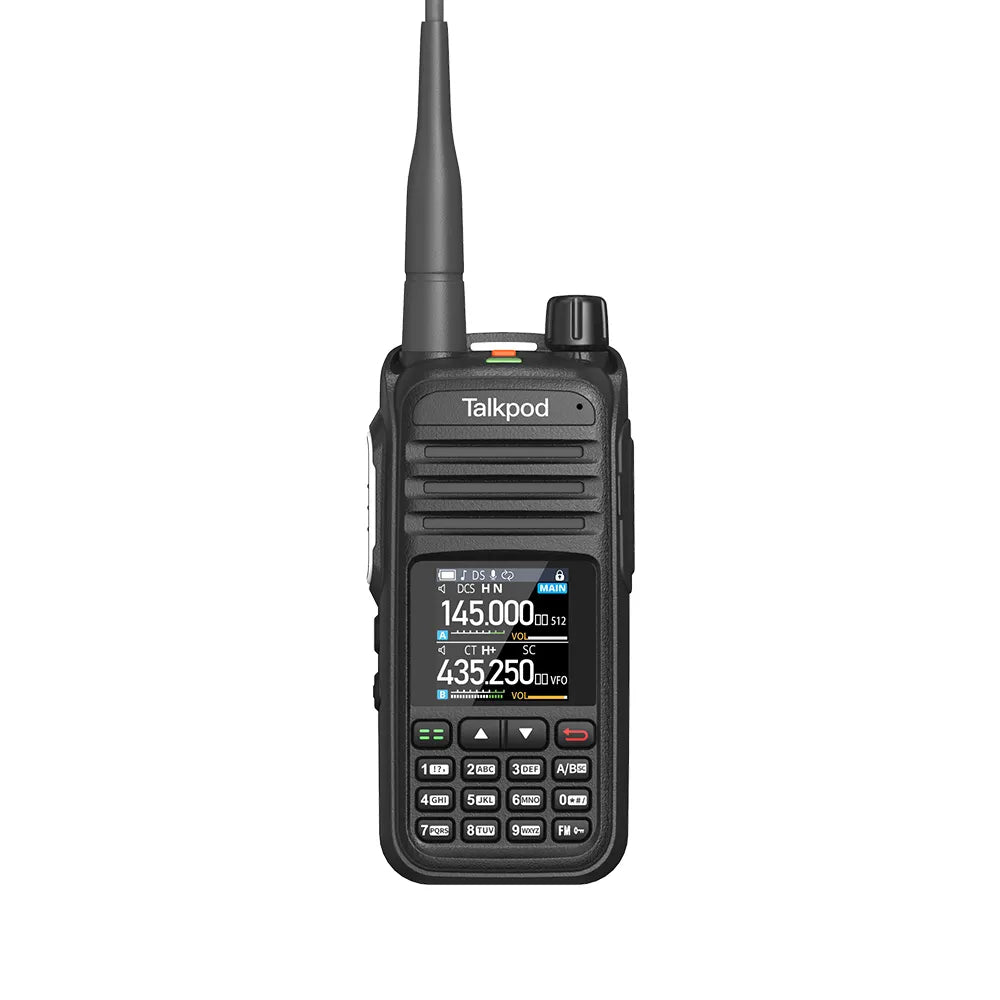
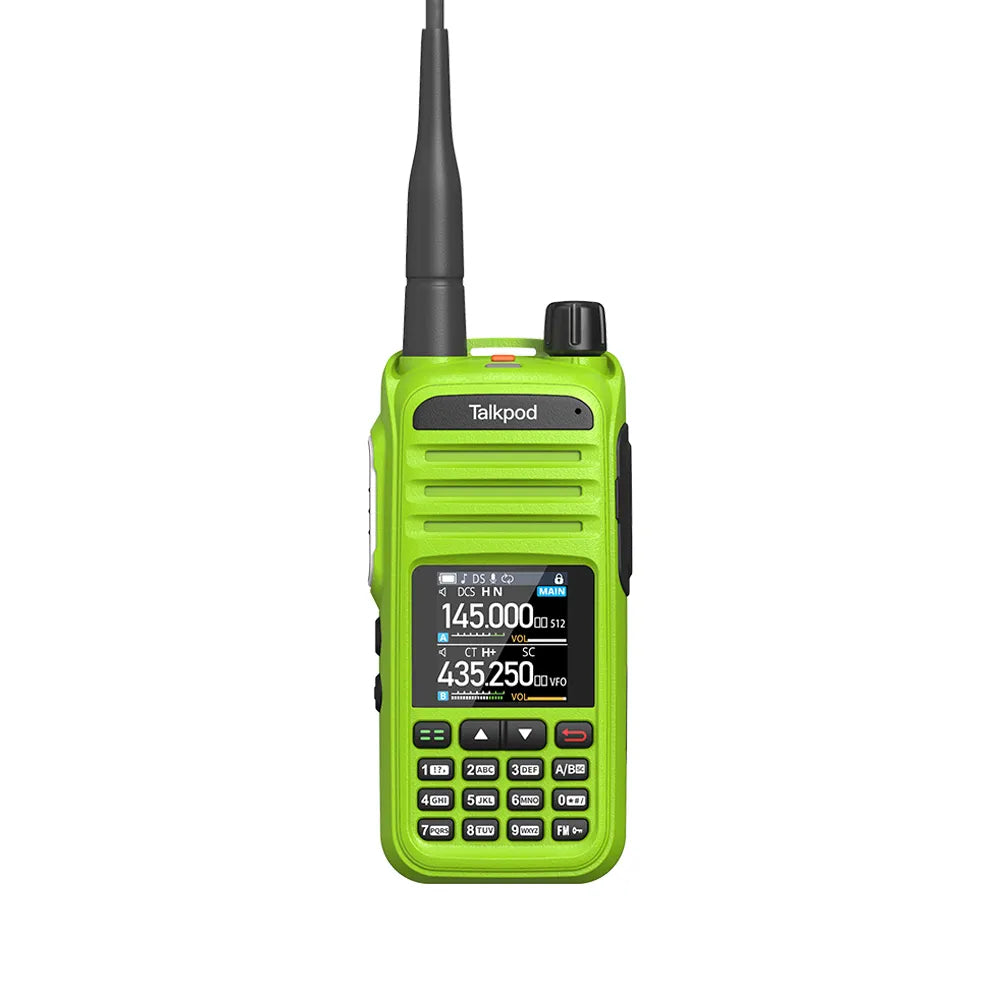


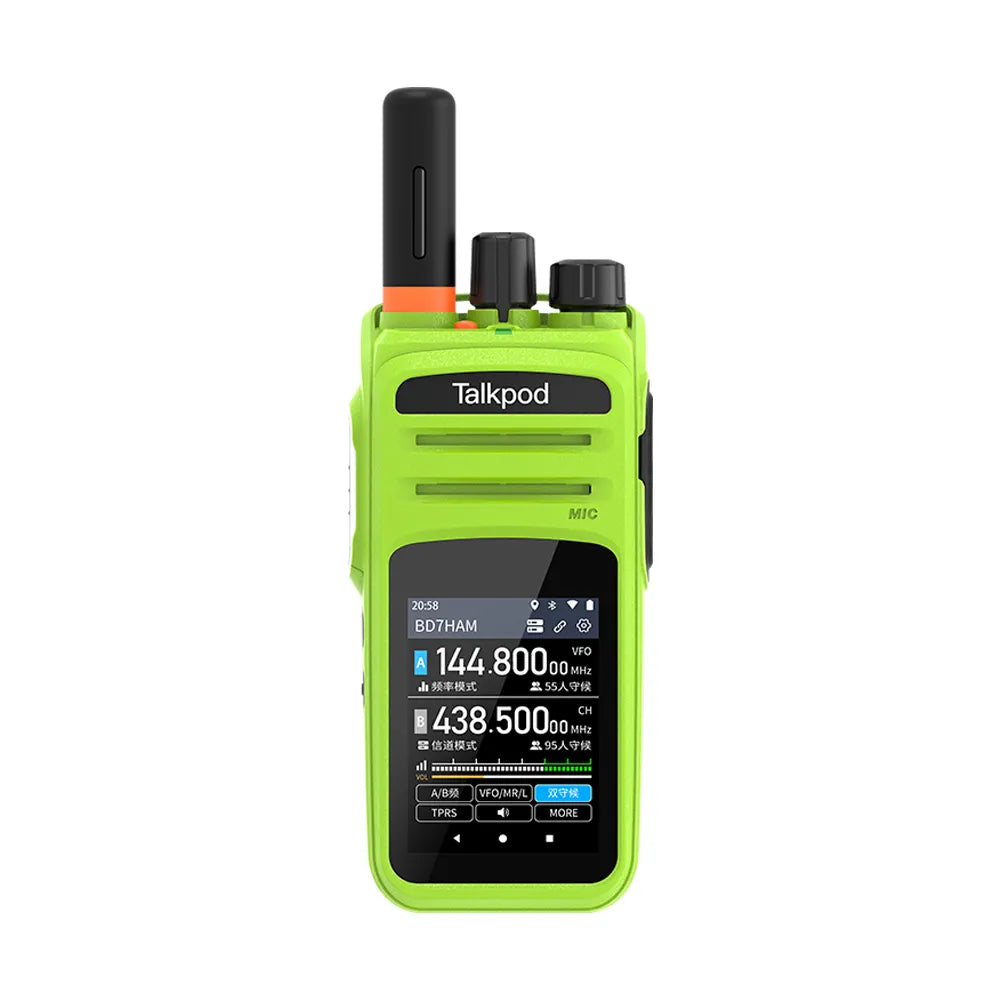
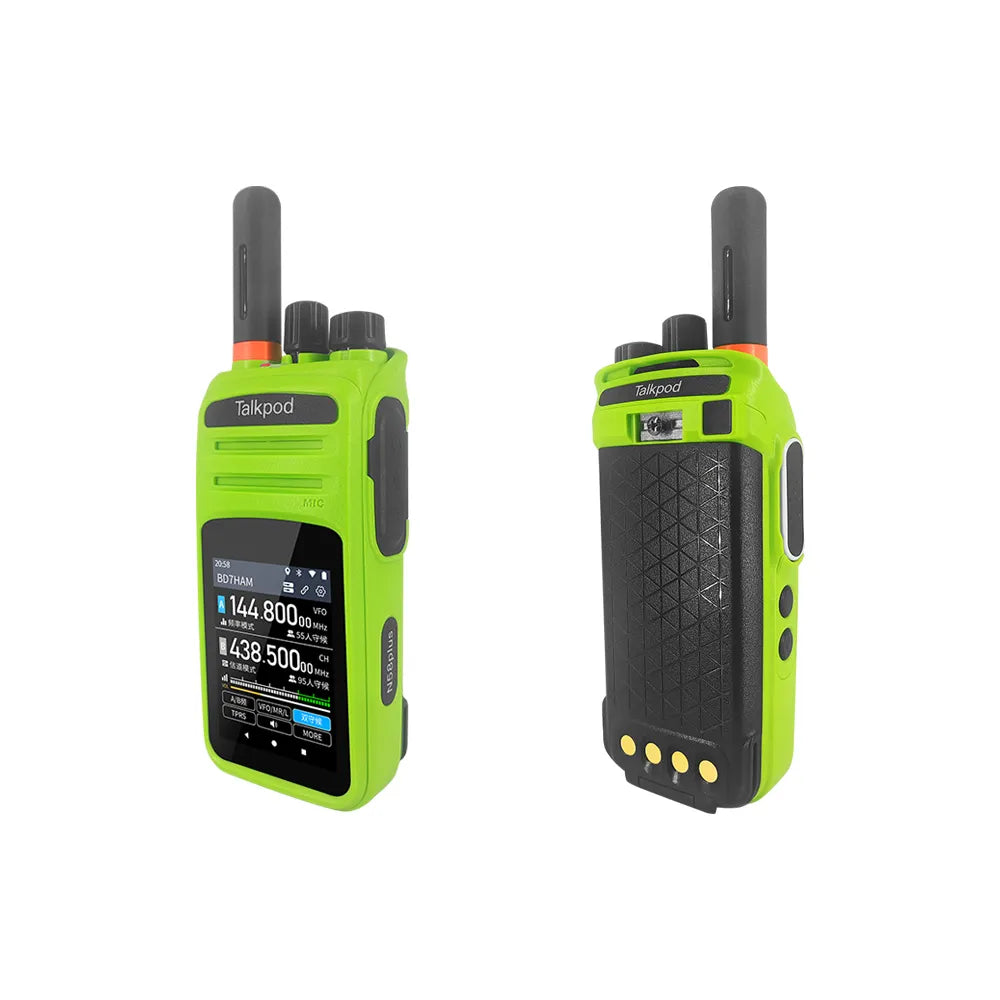
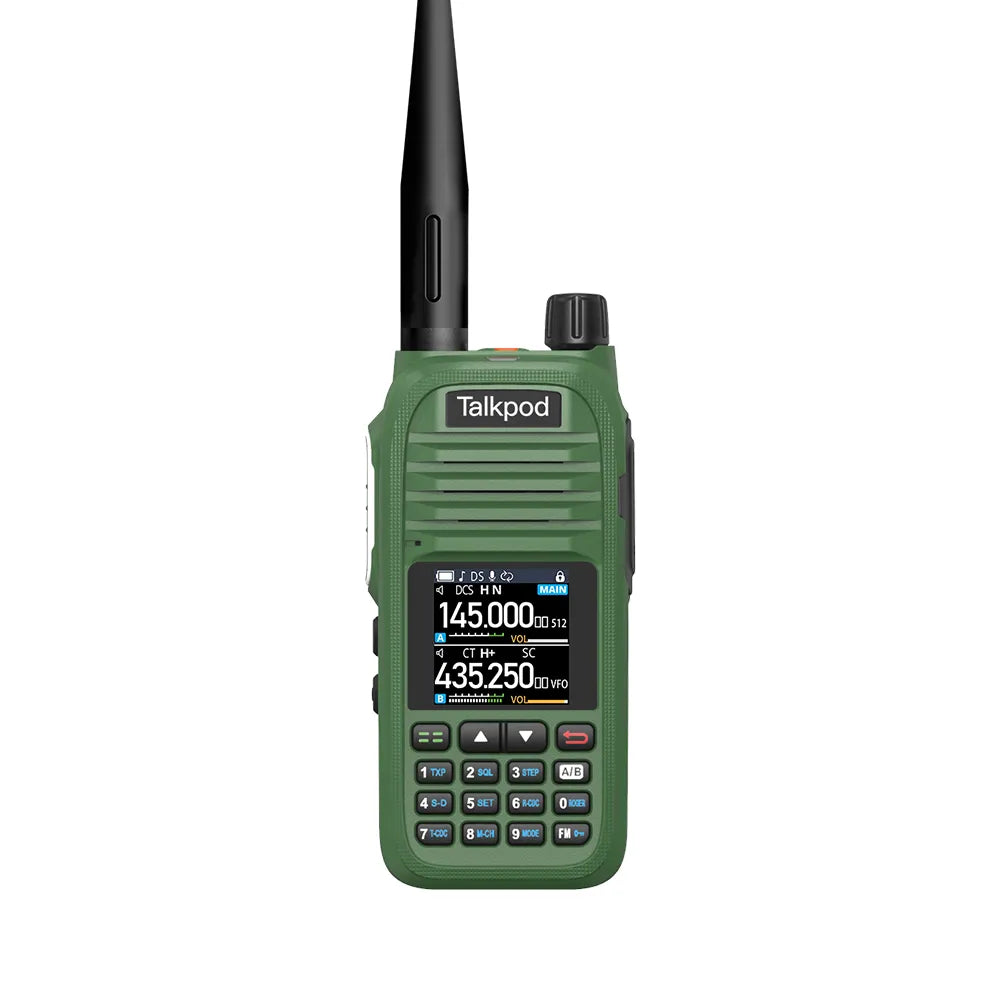
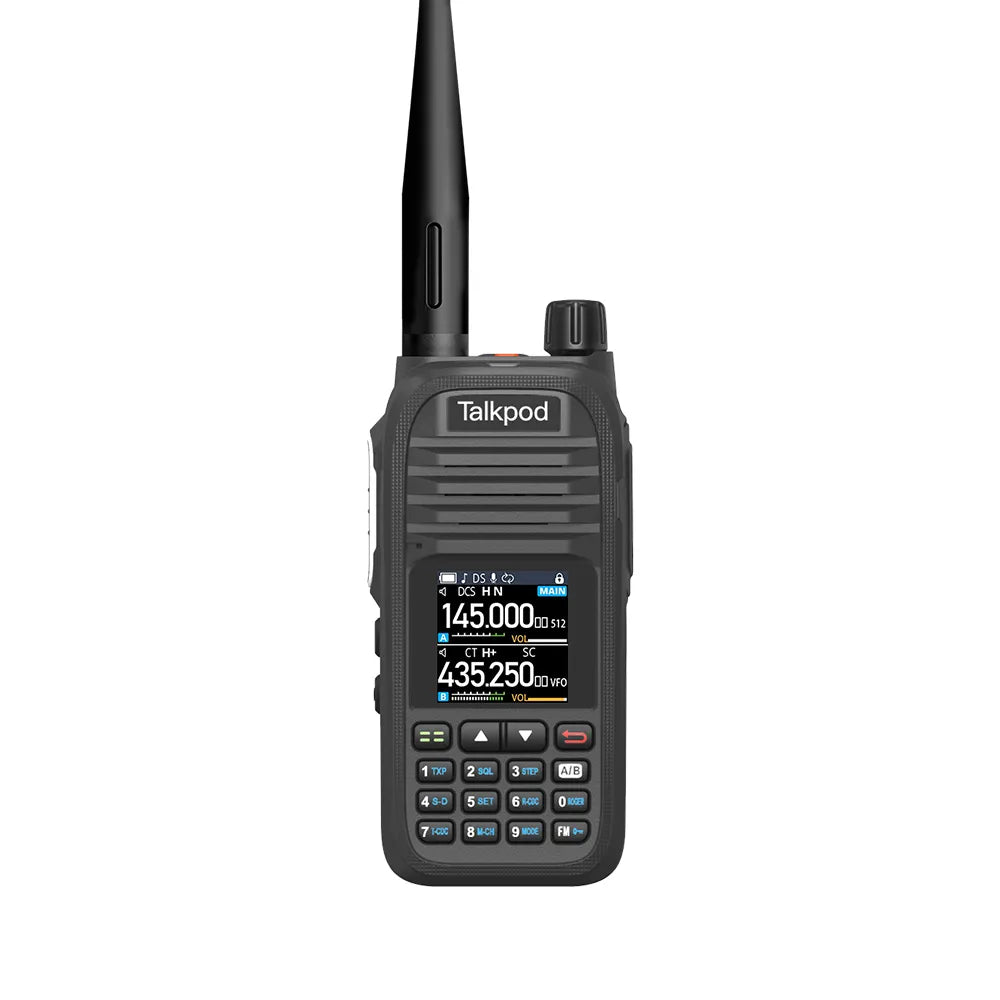
Leave a comment
All comments are moderated before being published.
This site is protected by hCaptcha and the hCaptcha Privacy Policy and Terms of Service apply.